Maintaining Your Roof: Expert Tips for Longevity and Care
Despite having the ability to withstand harsh weather conditions and protect your house, roofs are often overlooked until it’s too late. It’s about time we change this narrative! Properly maintaining your roof not only ensures its longevity but saves you a fortune in unnecessary costly repairs. In this blog post, we dive into expert tips and tricks for roof maintenance, helping you safeguard your investment and enjoy a worry-free living under your sturdy, well-maintained roof. Expect less stress during storm season and more assurances when it comes to home value! Buckle up as we unpack the wisdom of Ireland Contracting professionals who have been securing homes across Ireland for decades.
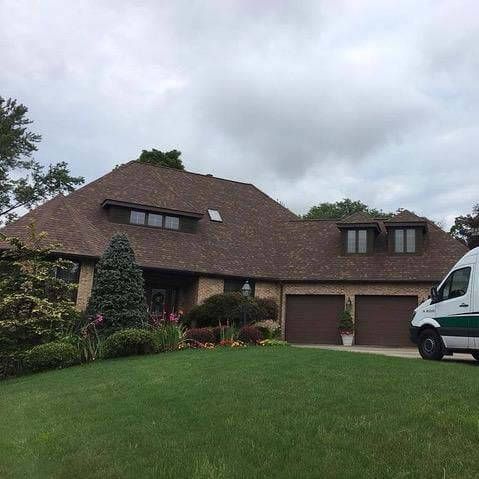
Inspecting Your Roof for Damage or Wear-and-Tear
Regular inspections are crucial to maintaining your roof and to ensure the longevity and proper care of your roof. By regularly inspecting your roof, you can identify any signs of damage or wear-and-tear early on and take proactive measures to address them. The following tips will help you conduct a thorough inspection:
- Safety First : Before climbing onto your roof, prioritize safety. Use a sturdy ladder and wear appropriate protective gear, including non-slip shoes and a harness if necessary. If you feel uncomfortable or unsure, it’s best to hire a professional roofer for the inspection.
- Exterior Examination : Begin by examining the exterior of your roof from ground level. Look for any missing or damaged shingles, signs of mold or algae growth, rusted flashing around chimneys or vents, and areas where water might be pooling.
- Gutter Check : Clean out debris from your gutters and examine them for signs of wear. Make sure they are properly attached to the roof and draining water away from the house.
- Attic Inspection : Head to your attic with a flashlight and look for any signs of leaks, such as water stains or dampness on walls or ceilings. Check for daylight streaming through cracks or gaps in the attic ceiling, which could indicate roofing issues.
- Interior Assessment : Carefully inspect the interior of your home for any water stains on walls or ceilings, peeling paint, or mold growth. These signs can suggest an underlying roofing problem.
Imagine going through these steps during an inspection when you spot a few missing shingles and notice a small water stain on your bedroom ceiling beneath a potential leak area in your attic. This early identification allows you to promptly contact a roofing professional to address the issue before it worsens.
Recognizing signs of deterioration is an essential aspect of maintaining your roof. Let’s explore common indicators that your roof may need attention.
- According to the National Association of Homebuilders, proper maintenance can extend the lifespan of a typical asphalt shingles roof by up to 5 years; the average lifespan of such roofs is around 20 years.
- A report from GAF Materials Corporation indicates that an unmaintained roof might need replacement up to 16 years earlier than a well-maintained one.
- Based on the findings of the Asphalt Roofing Manufacturers Association, cleaning gutters twice annually (in spring and fall) can prevent damages reducing a roof’s lifespan by at least 15%.
Recognizing Signs of Deterioration
Over time, various factors can cause your roof to deteriorate. By being aware of these signs, you can catch problems early and prevent further damage or costly repairs. Here are some common signs of roof deterioration to watch for:
- Missing or Damaged Shingles : Look for any shingles that are cracked, curled, blistered, or entirely missing. These issues can expose the underlying roofing materials to water damage and compromise the integrity of your roof.
- Sagging Roof : A sagging roof, whether in a particular spot or across the entire surface, is a clear sign of structural damage. It’s essential to address this immediately as it may indicate water damage, rotting wood, or weakened support beams.
- Leakage : Water stains on interior walls or ceilings are often indicative of roof leaks. If you notice any signs of moisture indoors after rainstorms or during melting snow, it’s crucial to investigate and repair the source promptly.
- Granule Loss : Check your gutters and downspouts for an excessive amount of granules from asphalt shingles. Granule loss indicates shingle deterioration and could be a sign that your roof is nearing the end of its lifespan.
- Mold or Algae Growth : The presence of mold or algae on your roof can indicate moisture retention and poor ventilation. Not only does this detract from your home’s appearance, but it can also contribute to faster shingle decay.
- Damaged Flashing : Flashing around chimneys, vents, and other roof penetrations plays a critical role in keeping water out. If you notice cracked, loose, or damaged flashing, it’s important to have it repaired promptly.
- High Energy Bills : An inefficient roofing system can lead to increased energy consumption. If you’ve noticed a sudden spike in your energy bills, it could be a sign that your roof is not adequately insulating your home.
For instance, imagine inspecting your roof and finding damaged flashing around the chimney. This discovery prompts you to schedule a repair, preventing potential water leaks during heavy rainfall in the coming months.
By regularly inspecting and maintaining your roof and recognizing signs of deterioration, you can take timely action to maintain its integrity. Now that we’ve covered these important aspects, we’ll delve into enhancing your shingles’ waterproofing and tear resistance in the next section.
Enhancing Your Shingles’ Waterproofing and Tear Resistance
When it comes to maintaining the longevity and care of your roof, one crucial aspect is enhancing the waterproofing and tear resistance of your shingles. After all, your roof acts as the first line of defense against the elements, protecting your home from rain, snow, wind, and hail. By taking proactive measures to reinforce this barrier, you can extend the lifespan of your roof and prevent potential water damage.
One effective way to enhance the waterproofing and tear resistance of your shingles is by applying a protective coating or sealant. This additional layer creates a barrier that helps repel water and provides an extra shield against potential tears or cracks in the shingle material. The coating should be applied evenly across the entire roof surface, paying special attention to any vulnerable areas such as valleys or seams where water may collect or flow.
Imagine you live in an area prone to heavy rainfall throughout the year. Applying a protective coating can significantly reduce the risk of water seeping through the shingles and causing leaks or water damage inside your home. Additionally, if you experience strong winds or storms that may cause debris to fly around, these added layers of protection can help prevent tears or punctures in your shingles.
While coatings are beneficial for waterproofing, it’s essential not to overlook regular inspection and maintenance of your roof. Inspect your shingles for any signs of wear or damage regularly. Look out for missing or loose shingles, curling edges, or granule loss. Addressing these issues promptly can help prevent further deterioration and potential leaks.
Furthermore, let’s explore another critical factor in enhancing your shingles’ waterproofing and tear resistance: the role of quality materials.
The Role of Quality Materials
When it comes to ensuring the durability and effectiveness of your roofing system, using high-quality materials is paramount. From the shingles themselves to the underlayment and other components, each element plays a crucial role in maintaining the integrity of your roof.
Using premium-quality shingles made from durable materials, such as asphalt or metal, can greatly enhance your roof’s waterproofing and tear resistance. These materials are designed to withstand harsh weather conditions, including heavy rains, strong winds, and hailstorms. They are less prone to cracking, tearing, or lifting compared to subpar materials.
Let’s say you reside in an area with frequent hailstorms during certain seasons. Investing in impact-resistant shingles made from high-quality materials can provide added protection against damage caused by hailstones. These specialized shingles are designed to absorb the impact and resist tears or cracks, preserving the integrity of your roof.
Additionally, selecting a reliable underlayment that acts as a secondary barrier against water intrusion is equally crucial. High-quality underlayment can prevent water from seeping through any gaps or penetrations in the shingle layer while enhancing the overall performance and longevity of your roof.
By prioritizing quality materials for your roofing system, you not only enhance its waterproofing and tear resistance but also ensure greater longevity and peace of mind.
Shielding Your Roof Against Harsh Weather
As a homeowner, protecting your roof from the damaging effects of harsh weather conditions is essential for its longevity and durability. Extreme heat, freezing temperatures, strong winds, heavy rain, and snowstorms can all take a toll on your roof if it’s not adequately shielded. So how can you protect your roof against these harsh weather elements?
First and foremost, regular inspection and maintaining your roof are key. Conducting routine inspections allows you to identify and address any damage or vulnerabilities before they worsen. This includes checking for loose or damaged shingles, missing flashing, clogged gutters, and any signs of water leaks or stains on the ceilings inside your home.
Next, when maintaining your roof ensure proper ventilation in your attic. Adequate airflow helps regulate the temperature inside your home and prevents moisture buildup that could lead to mold growth or rotting of wood in the roof structure. Proper insulation also plays a crucial role in maintaining a stable internal climate and preventing ice dams during winter.
During severe storms with high winds, it’s important to secure loose objects around your property that could potentially become projectiles and cause damage to your roof. Trim overhanging tree branches near your roof to reduce the risk of falling limbs during storms.
One effective way to shield your roof against harsh weather is by installing impact-resistant roofing materials. These materials are designed to withstand strong winds and hail damage. Impact-resistant shingles or metal roofing options provide an added layer of protection that can significantly extend the lifespan of your roof in areas prone to severe weather conditions.
For instance, if you live in an area prone to hurricanes, when maintaining your roof consider investing in hurricane straps or clips that help secure your roof structure to the walls of your home. This reinforcement can prevent wind uplift and structural damage during powerful storms.
Remember that regular cleaning is necessary to maintain the integrity of your roof. Remove debris such as leaves, twigs, and moss, as they can trap moisture and cause deterioration. Additionally, make sure your gutters are clear to allow proper drainage of rainwater, preventing water from pooling on your roof and potentially causing leaks or damage.
Now that we’ve explored strategies to shield your roof from harsh weather, let’s turn our attention to selecting suitable weatherproof coatings as an additional layer of protection.
Selecting Suitable Weatherproof Coatings
Applying a weatherproof coating to your roof is an effective way to provide an extra level of defense against the elements when maintaining your roof. These coatings act as a protective barrier, enhancing the waterproofing abilities of your roof while extending its lifespan. When choosing a weatherproof coating for your roof, consider the following factors:
- Material compatibility: Ensure that the coating is compatible with the type of roofing material you have. Different coatings may be designed for asphalt shingles, metal roofs, or flat roofs, so it’s important to select one that suits your specific roofing material.
- Environmental impact: Look for eco-friendly options that minimize environmental harm during the application and throughout the lifespan of the coating.
- Durability: Consider coatings that offer long-lasting protection against UV rays, temperature fluctuations, and other weather-related factors. Look for products with proven track records and positive customer reviews.
- Ease of application: Opt for coatings that are easy to apply and require minimal maintenance over time. Some coatings may require professional application, while others can be applied by homeowners themselves.
- Warranty and guarantees: Check if the manufacturer offers warranties or guarantees on their weatherproof coatings. This adds an extra level of assurance regarding the performance and longevity of the product.
One popular option is elastomeric roof coatings, which are flexible and can expand or contract with changing temperatures without cracking or peeling. These coatings are also highly reflective, helping to keep your home cooler in hot climates and potentially reducing energy costs.
Remember that proper surface preparation is crucial before applying any weatherproof coating. Clean the roof thoroughly, repair any existing damage, and ensure a smooth, dry surface for optimal adhesion of the coating. Following the manufacturer’s instructions and seeking professional advice if needed will help ensure a successful application.
With a solid understanding of how to shield your roof against harsh weather conditions and selecting suitable weatherproof coatings, you are well-equipped to enhance the longevity and care of your roof.
Understanding Climate Impact on Roof Materials
The climate in which your home is located plays a significant role in the longevity and performance of your roof. Different regions experience varying levels of heat, cold, humidity, wind, and precipitation, all of which can affect different roofing materials in unique ways. Understanding how climate impacts different roof materials is essential in choosing the right one for your area and ensuring its durability when maintaining your roof.
In areas with hot climates and intense sunlight, such as desert regions, asphalt shingles may deteriorate more quickly due to the constant exposure to UV rays. The excessive heat can cause the shingles to crack or warp over time. Metal roofs, on the other hand, are better suited for these climates as they reflect sunlight and dissipate heat more effectively, reducing energy costs and prolonging their lifespan.
Conversely, in colder climates where snowfall and freezing temperatures are common, certain roofing materials like clay tiles or slate might not be suitable. The weight of accumulated snow and ice could damage these delicate materials. Instead, opting for durable materials like asphalt shingles or metal roofs can provide better protection against harsh winter conditions.
Coastal areas often experience high levels of humidity and salt air, which can cause corrosion and deterioration of some roofing materials. For these regions, it’s crucial to choose materials that are resistant to saltwater damage, such as aluminum or specialized coatings for metal roofs. Additionally, ensuring proper ventilation within the attic space can help mitigate moisture buildup and prevent issues like mold or rot.
By understanding the specific climate impacts on different roof materials, homeowners can make informed decisions when selecting the most suitable material for their region. Properly matching your roof to the climate will enhance its durability and minimize potential problems associated with weather-related factors.
Scheduling Regular Preventative Maintenance for Durability
Maintaining a regular schedule of preventative maintenance is crucial for extending the lifespan of your roof and preventing costly repairs. Neglecting routine inspections and maintenance can lead to minor issues escalating into major problems that require expensive repairs or even a full roof replacement. To ensure the durability of your roof, it’s essential to follow expert recommendations on maintenance frequency.
Expert roofing professionals generally recommend inspecting your roof at least twice a year – once before winter and once after winter – to address any potential damage caused by seasonal elements. These inspections allow you to identify and address issues like loose or damaged shingles, leaks, or clogged gutters before they worsen.
Additionally, after severe weather events like storms or hail, it’s crucial to have your roof inspected even if there are no visible signs of damage. Sometimes, underlying issues might be present but not immediately noticeable. Promptly addressing any damage can help prevent further deterioration and maintain the integrity of your roof.
Regular maintenance goes beyond visual inspections; it involves clearing debris from gutters and downspouts, trimming overhanging tree branches that could damage the roof, and checking for proper attic ventilation. Adequate ventilation helps regulate temperature and moisture levels in the attic, reducing the risk of condensation buildup that can lead to mold growth or structural damage.
By following a regular maintenance schedule and promptly addressing any issues that arise, you can significantly extend the lifespan of your roof while minimizing the need for costly repairs. Investing time and effort into preventative measures can save you money in the long run and ensure the durability of your home’s most important protective barrier.
Expert Recommendations on Maintenance Frequency
Proper roof maintenance is crucial for ensuring its longevity and protecting your home from potential water damage and other issues. But how often should you perform maintenance tasks? While the answer may vary depending on a range of factors such as climate, roofing material, and overall condition, experts generally provide some helpful guidelines.
When it comes to routine inspections, it is recommended to have your roof inspected at least twice a year: once in the spring and again in the fall. These inspections serve as preventative measures by allowing professionals to assess any potential damage or vulnerabilities that may have occurred during harsh weather conditions like storms or heavy snowfall. By identifying these issues early on, you can address them promptly before they escalate into costly repairs or replacements.
Additionally, it is important to conduct inspections after any major weather events or natural disasters that could potentially impact the integrity of your roof. This includes hurricanes, strong winds, hailstorms, or even large tree branches falling onto the roof. In such cases, it is advisable to have a professional assess any potential damage and make necessary repairs as soon as possible.
An example of the importance of regular inspections can be seen with Melissa and John, homeowners in a region prone to heavy rainfall. One year, after experiencing several intense storms, they noticed a small leak in their ceiling. Initially dismissing it as a minor issue, they neglected to address it immediately. However, upon the advice of a roofing expert who performed an inspection months later, they discovered serious water damage had occurred within their attic space and required extensive repairs that could have been prevented with earlier intervention.
In addition to inspections, regular gutter cleaning is an essential aspect of roof maintenance. The accumulation of leaves, debris, and other blockages in gutters and downspouts can lead to water backup and eventual water damage on your roof or even inside your property. Cleaning your gutters at least twice per year, preferably in the spring and fall, helps ensure proper water drainage and prevents potential clogging issues.
Beyond regular inspections and gutter cleaning, another key aspect of roof maintenance is addressing any necessary repairs promptly. No matter how well you maintain your roof, wear and tear will eventually occur due to age, exposure to elements, or unexpected events. It is crucial to take immediate action when you notice signs of damage such as cracked or missing shingles, leaks, or sagging areas. Ignoring these issues can lead to more extensive damage and costly repairs down the line.
Remember, while general guidelines exist for roof maintenance frequency, it is essential to consider your specific circumstances. Factors such as climate, exposure to severe weather conditions, shading from nearby trees, and the type of roofing material used can influence the required maintenance frequency. Regular inspections by professionals like the roofing experts at Ireland Contracting, can help determine the optimal schedule for your roof maintenance needs. By diligently adhering to these recommendations and addressing any issues promptly, you can effectively extend the lifespan of your roof and protect your home from potential damages.
The post Maintaining Your Roof: Expert Tips for Longevity and Care appeared first on Ireland Contracting.


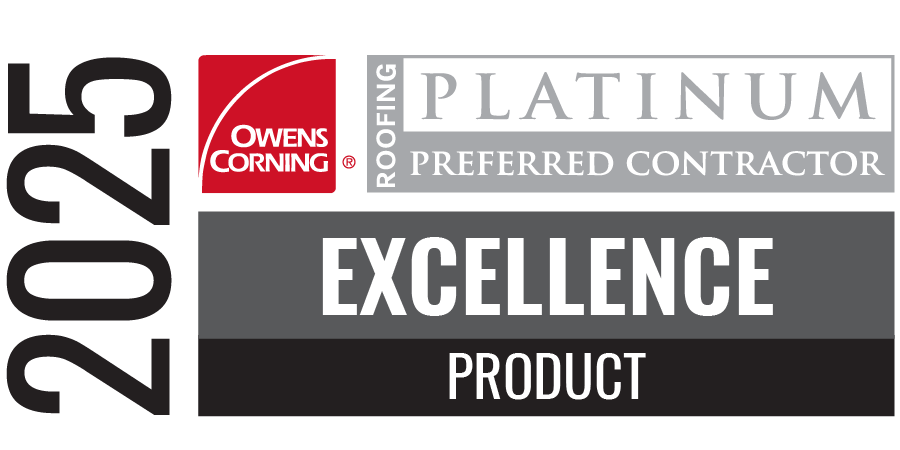

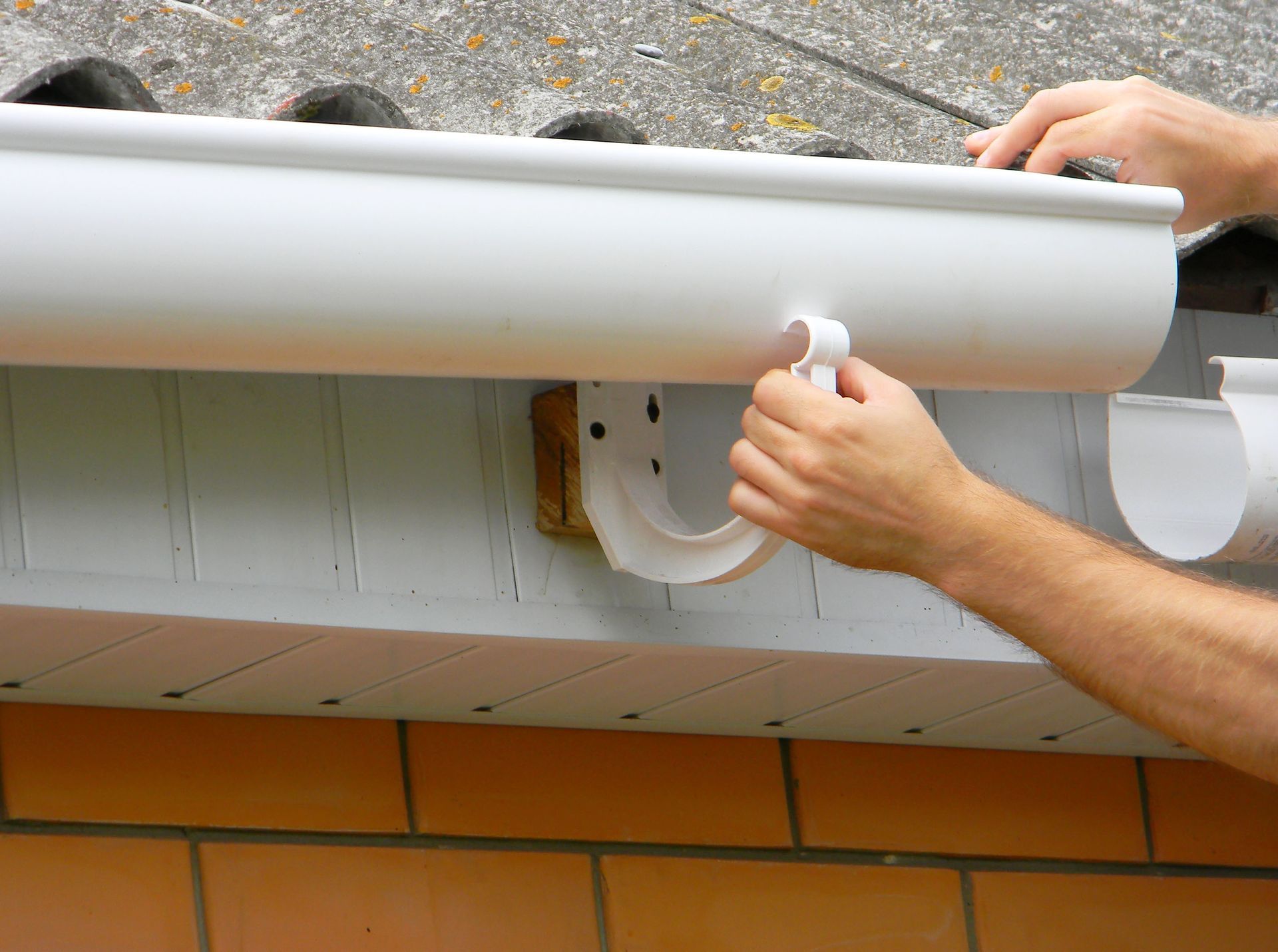
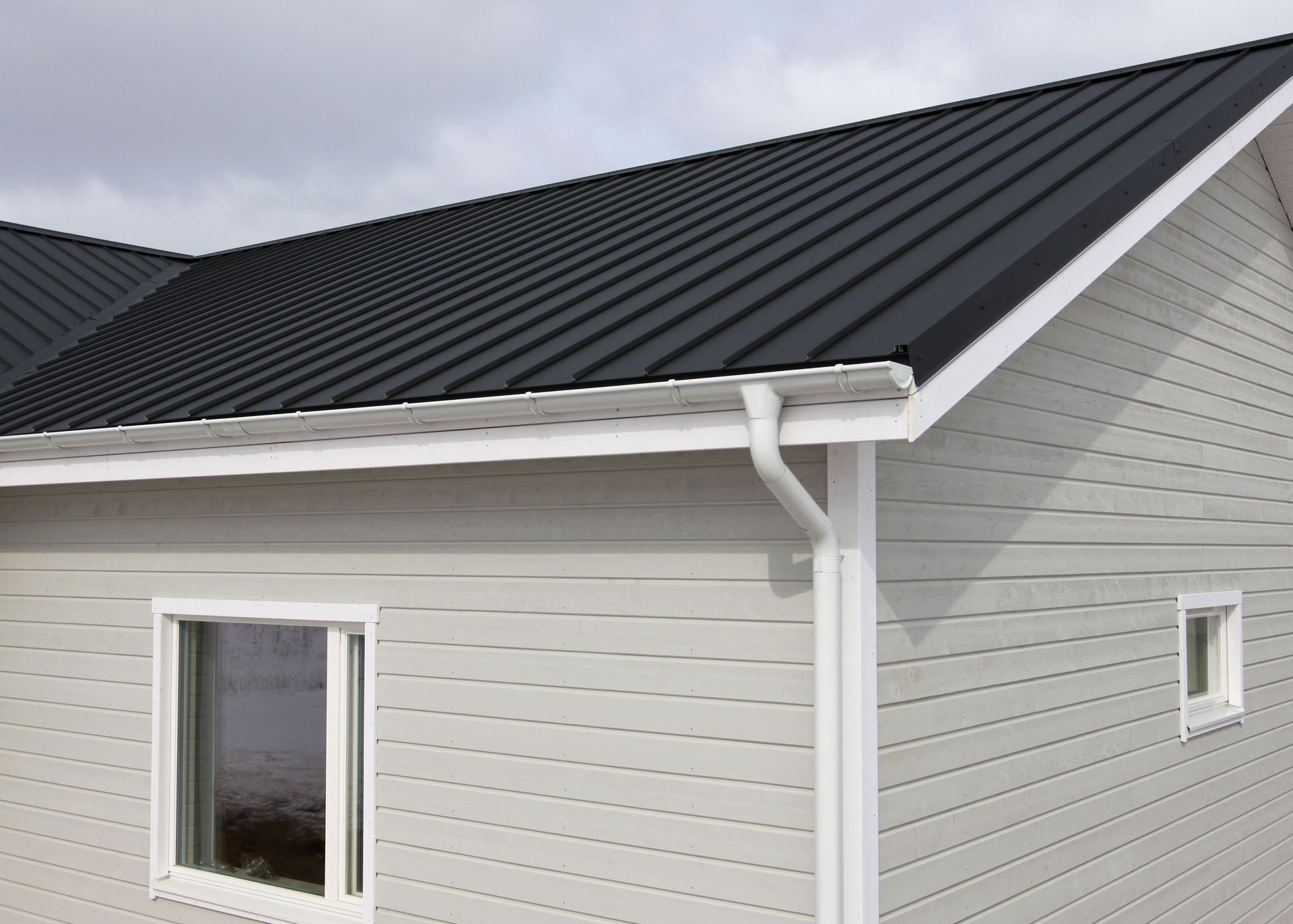
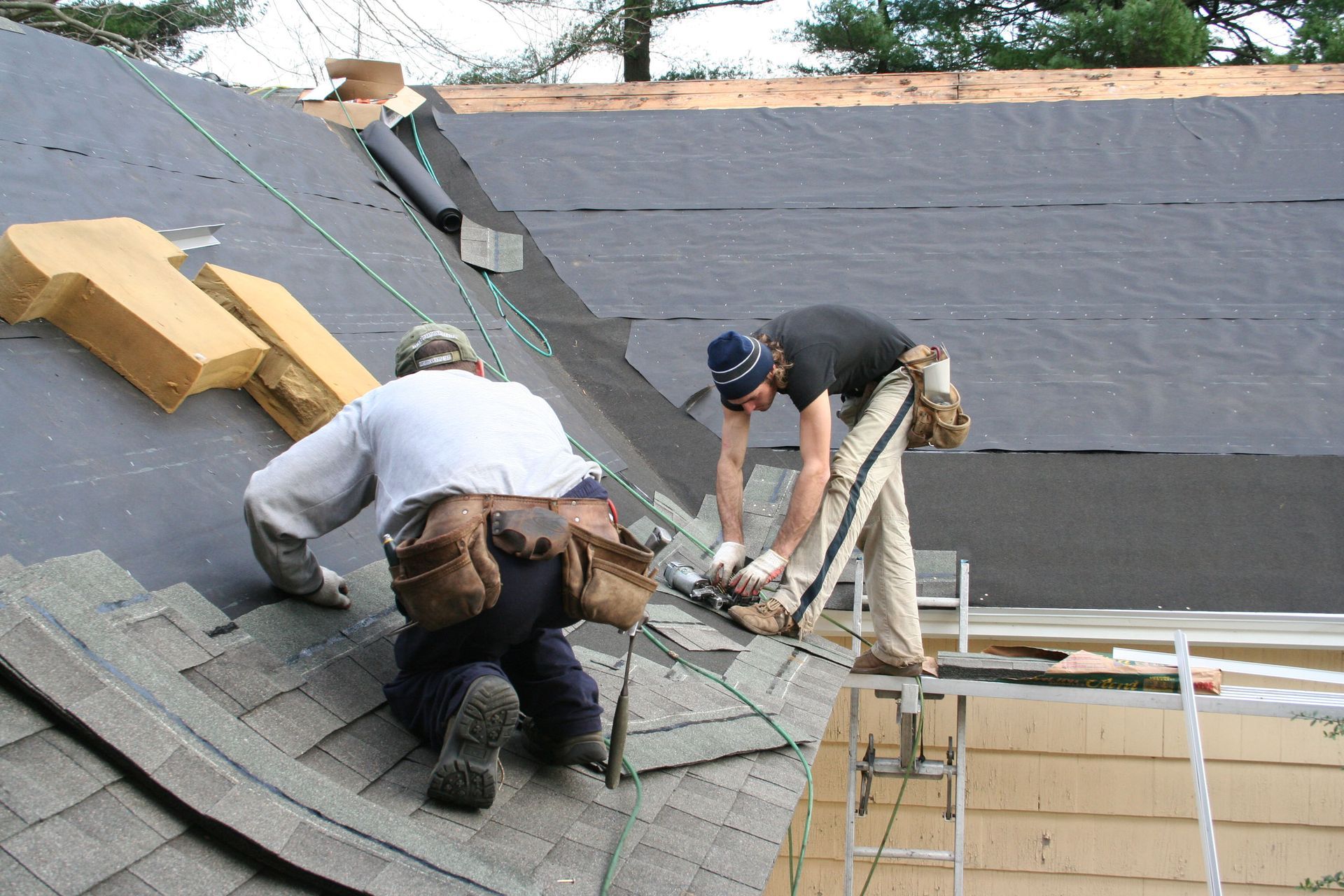
Share On: